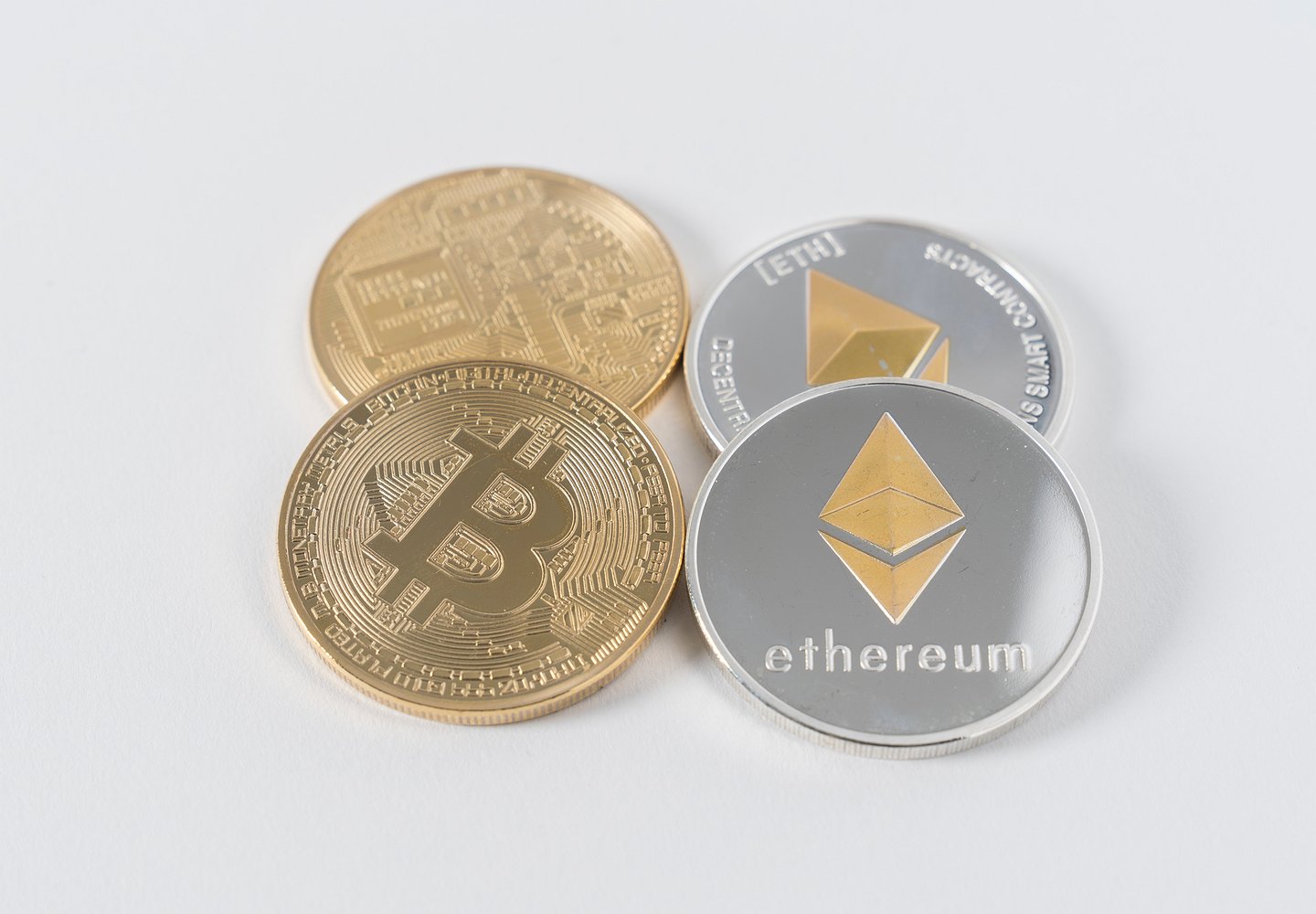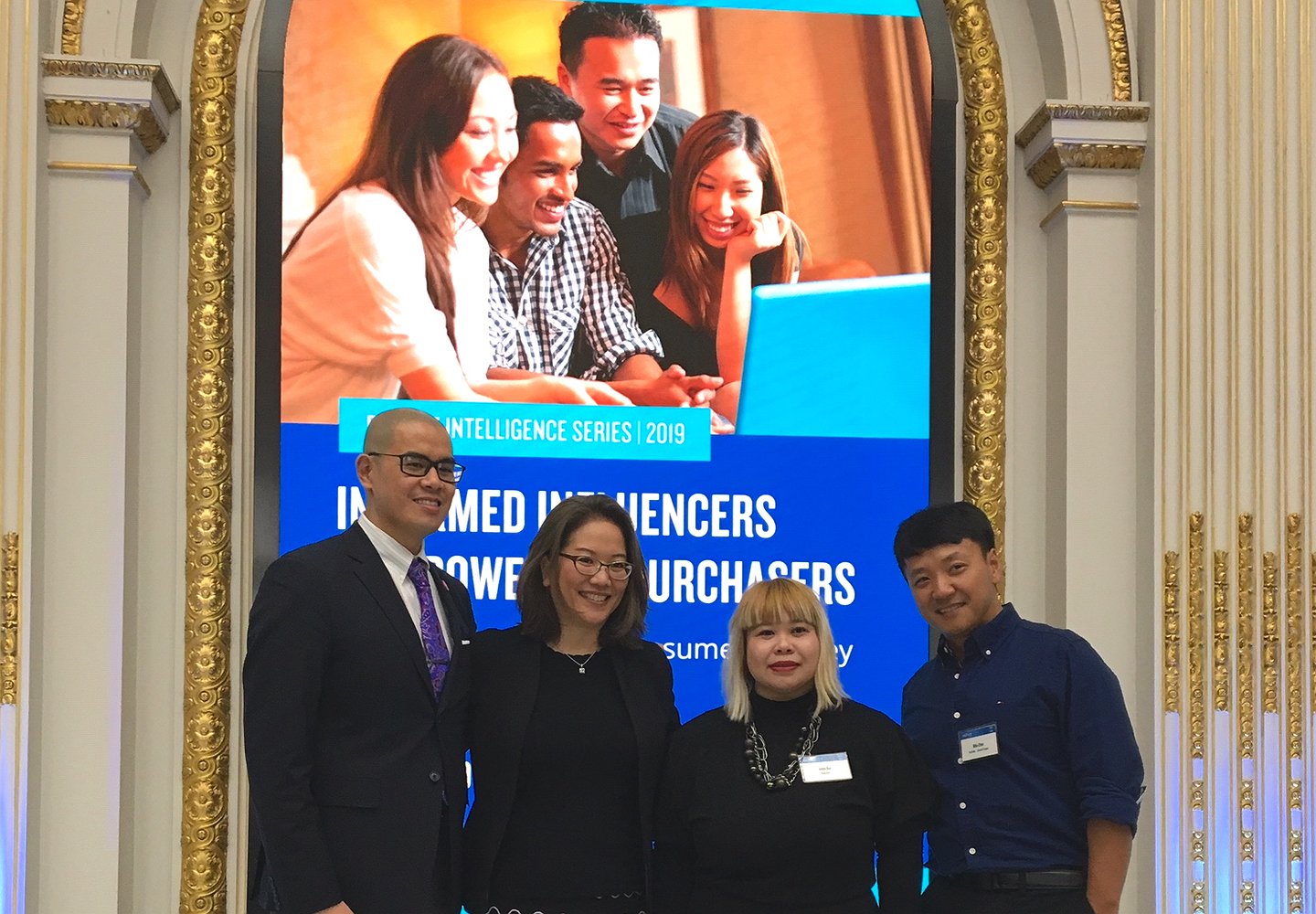 David Levy has always been on a mission to "be more
efficient with consumers' time and attention." Throughout his career,
he has focused on "what components of attention really matter." His
past contributions to the knowledge base of attention measurement are
perfectly matched to maximizing the value of ad-supported television as
part of his new role as the new Chief Executive Officer of OpenAP.
David Levy has always been on a mission to "be more
efficient with consumers' time and attention." Throughout his career,
he has focused on "what components of attention really matter." His
past contributions to the knowledge base of attention measurement are
perfectly matched to maximizing the value of ad-supported television as
part of his new role as the new Chief Executive Officer of OpenAP.At his previous company, TrueX, which he co-founded and later sold to Fox, the challenge at the time was that "with the advent of digital advertising, we were in an unfortunate cycle of just putting more and more messaging in front of consumers and not actually getting quality attention because people were finding ways of avoiding the advertising," he recalled. As a result, advertising effectiveness declined, as did the pricing, and "the only way to make enough money was by adding more ads per page." His solution, he said, was to focus on "the most premium form of attention," which was dubbed an "engagement ad."
Engagement ads are full-screen experiences where the consumer is incentivized to interact with the ad for at least 30 seconds. "We did a lot of work on the science of attention and how to drive quality interaction while offering consumers a better user experience," Levy explained. By focusing on viewer engagement of ads in a world of greater ad-free options, media companies could "present consumers with an experience that was comparable to ad-free but within an ad-supported model," he added.
A Changing Ad-Supported Television Market
At Fox, Levy took the same focus on engagement that he had at TrueX and "brought it to the business challenges at Fox," where he worked in a Chief Operating Officer role for Fox's ad business. Challenges to the ad-supported television model abound, not least of which is, "on one side you have Netflix and Amazon subsidizing these ad-free experiences, which consumers enjoy," and almost compelling ad-supported television to reduce its ad time to compete and create better consumer experiences. "On the other hand, you have Facebook and Google flooding the market with valueless impressions -- highly targetable but with low attention," he asserted. It was important to prove that the quality of attention could impact ROI.
The focus at Fox, which later proved pivotal for his role at OpenAP was three-fold:
- Reaching the right consumers by finding better data to target more relevant advertising to them.
- Once the right consumer was identified, developing ad products that best delivered those messages to the individual, "depending on where they were and on which device, where they were in the funnel, who they were."
- Developing measurement that not only measured the quality of the attention but also optimized the experiences down the funnel.
"If you really want to evoke change, doing something in silos is not conducive to success," Levy said. "The only way you are going to transform the industry is doing it together. So, when we were approached by Viacom and [WarnerMedia] to form OpenAP, the premise was closely aligned with our vision to find better ways to get more efficient with consumers' time and attention."
Levy "fell in love with the vision" and "the people around the table" from those competing companies. The purchase of Fox by Disney enabled him to make the move to OpenAP and "get back to [his] entrepreneurial roots" while still "staying connected to some of the exciting business challenges with people [he had] been working with for so long."
Next Steps for OpenAP
"The best way to scale any new ad product or any new investment in bettering the advertising ecosystem is if we all do it together," Levy said. To that end, he is seeking "adoption from everybody" to enable scale for any new marketplace developments. OpenAP will be in a position to "evaluate new ad products in data-driven linear and optimized linear addressable to unify around the way we buy advanced ad products."
Going forward, Levy sees OpenAP moving from phase one -- which focused on unifying audience data on linear by individual company -- to phase two -- which standardizes segments across all OpenAP members. Phase two, just recently announced, will go from unified audiences to unified campaigns, so that, for example, auto intenders for Viacom will have the same behavioral composition as auto intenders for Fox. "We are introducing a tool for OpenAP with which advertisers can come in, define the audience segment that they want -- it will be standard across everybody -- put in campaign requirements and get back a unified campaign proposal across all of the member publishers," he explained.
OpenAP is also launching a digital marketplace that goes further. "You can define your audience segments and not just get back a unified proposal, but also optimize across all of the publishers for reach and audience segment," Levy said. Beyond that, he is thinking about how to accelerate the mission. "There are so many opportunities with a unified approach -- with ad products, with measurement and with one of the biggest opportunities; building out a much more sophisticated data infrastructure that can be leveraged across all of the publishers," he noted. "This will ultimately bring an automated marketplace that is cross-publisher, cross-device together." But, he hastened to add, this effort will focus solely on premium inventory in the market: Long-form television ad-supported content resulting in less waste, more ROI and greater viewer engagement.
This article first appeared in www.MediaVillage.com
 Blockchain was a top discussion point last
year, but after the initial burst not much has appeared in the press.
However, that doesn't mean that blockchain is any less important ... or
its rollout dormant in any way. In fact, according to the AdLedger
Conference hosted in partnership with GABBCON, Dear Marketers: Help Me
Help You, there has been decisive progress in rolling out the protocol
in the media industry. One major initiative is the creation of Ad
Ledger, which is described as a "forum for collaboration" by Gabe
Greenberg, Co-Founder GABBCON. Over the span of two years, Ad Ledger
has quietly ramped up. Christiana Cacciapuoti as Executive Director,
just announced a set of board members (including c-founding companies
as Tegna, MadHIve and IBM), holding-company members and new rules of
engagement. The most important aspect of Ad Ledger at this time is to
educate the industry and present the parameters of what blockchain can
and can't do.
Blockchain was a top discussion point last
year, but after the initial burst not much has appeared in the press.
However, that doesn't mean that blockchain is any less important ... or
its rollout dormant in any way. In fact, according to the AdLedger
Conference hosted in partnership with GABBCON, Dear Marketers: Help Me
Help You, there has been decisive progress in rolling out the protocol
in the media industry. One major initiative is the creation of Ad
Ledger, which is described as a "forum for collaboration" by Gabe
Greenberg, Co-Founder GABBCON. Over the span of two years, Ad Ledger
has quietly ramped up. Christiana Cacciapuoti as Executive Director,
just announced a set of board members (including c-founding companies
as Tegna, MadHIve and IBM), holding-company members and new rules of
engagement. The most important aspect of Ad Ledger at this time is to
educate the industry and present the parameters of what blockchain can
and can't do.

